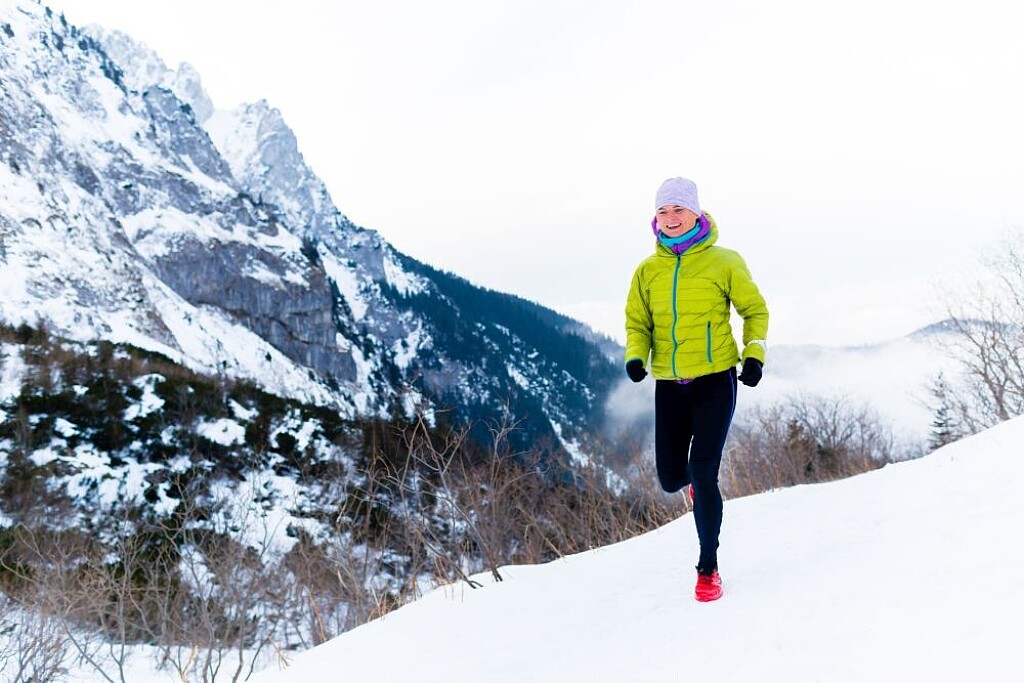Running News Daily
Running News Daily is edited by Bob Anderson. Send your news items to bob@mybestruns.com Advertising opportunities available. Train the Kenyan Way at KATA Kenya and Portugal owned and operated by Bob Anderson. Be sure to catch our movie A Long Run the movie KATA Running Camps and KATA Potato Farms - 31 now open in Kenya! https://kata.ke/
Index to Daily Posts · Sign Up For Updates · Run The World Feed
Three ways to get a grip on winter running
Just because there’s snow on the ground, it doesn’t mean you should take your running goals into hibernation. Winter is a great time to get outside and enjoy the fresh air, and running in the snow can be fun, if you’re prepared. There is more to running in the winter than simply embracing the cold—you’ll need the right gear to ensure your safety.
Follow these three tips to stay safe and comfortable while running in the snow.

Invest in the right gear
Making sure you are prepped with the right equipment before heading outdoors is the best way to guarantee a safe and successful run. Buy shoes with good traction on the outsole with either Gore-Tex or water-resistant materials to keep your feet warm and dry. Some other gear to invest in is thermal or merino-wool moisture-wicking socks, a winter-specific hat, warm gloves that are not too bulky, plus a wind and water-resistant jacket to keep you warm and dry. Just because there’s snow on the ground, it doesn’t mean you should take your running goals into hibernation. Winter is a great time to get outside and enjoy the fresh air, and running in the snow can be fun, if you’re prepared. There is more to running in the winter than simply embracing the cold—you’ll need the right gear to ensure your safety.

Follow these three tips to stay safe and comfortable while running in the snow.
Invest in the right gear
Making sure you are prepped with the right equipment before heading outdoors is the best way to guarantee a safe and successful run. Buy shoes with good traction on the outsole with either Gore-Tex or water-resistant materials to keep your feet warm and dry. Some other gear to invest in is thermal or merino-wool moisture-wicking socks, a winter-specific hat, warm gloves that are not too bulky, plus a wind and water-resistant jacket to keep you warm and dry.
Look for a running jacket that isn’t black, and that has reflective elements, so you can be seen by motorists. If you can’t get your mind off that stylish black jacket, there are plenty of reflective accessories (i.e., lights, vests and reflective bands) you can purchase from your local running store to help make you visible.
Find the safest route
The last thing you want is to risk falling on slippery roads or trails. Avoid roads or paths that have not been cleared of snow and ice, and instead, look for running routes that have been plowed and are well-lit, so drivers and other pedestrians can see you.
If you are on the trails, be cautious of your surroundings and watch for potential hazards, such as branches or other debris that could be hidden beneath the snow.
Take it slow and listen to your body
Even if the snow looks like it’s packed down well, take it slow and be cautious so you can grasp the conditions in the first few kilometres. Start at a slower pace and gradually increase your pace as you become more comfortable with the footing.
One technique runners use for better grip and control in the snow is to shorten their running stride. Using this strategy keeps your centre of gravity low, which can result in having more control on a wet or slippery surface.
If you feel cold, tired, or uncomfortable, don’t hesitate to stop running (but do keep walking, so you don’t get too cold too quickly). Don’t get too caught up in your pace. One slow training run isn’t going to disrupt your training, but pushing your body toward injury will.
by Marley Dickinson
Login to leave a comment




